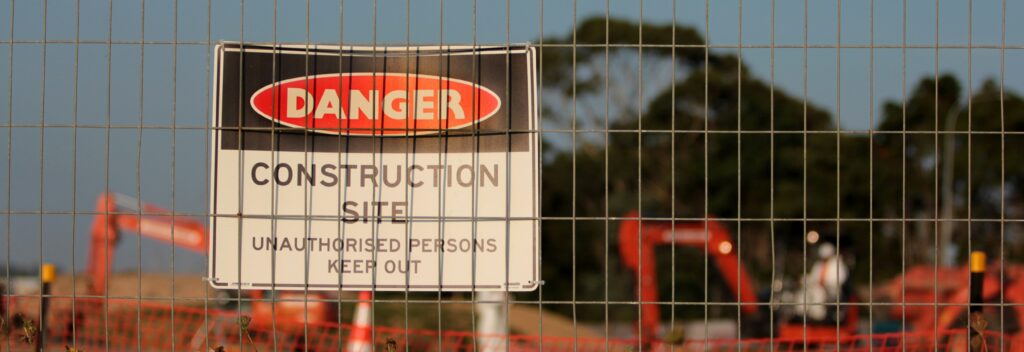The construction industry in Canada has experienced some volatility over the past few years – both good and bad. Interest rates have had an impact on all construction projects. Expected interest rate cuts combined with increased government housing targets and affordability initiatives are anticipated to drive construction growth. This boost will increase demand across all construction sectors.
Associated Builders and Contractors (ABC) estimates that the U.S. construction industry needs to attract about a half million new workers in 2024 alone to balance supply and demand

The problem for those who want to benefit from increased construction opportunities comes down to Supply & Demand. The labour shortage and high turnover in this industry makes it difficult to take on new projects or complete existing ones on time and on budget. Let’s investigate what the issues are from a worker perspective and what others are doing to attract and retain skilled reliable team members who will want to stay for the long term.



While this list of best practices is not exhaustive, it does address many of the issues that construction workers have and why turnover is high, and recruitment is difficult for this industry.
Naturally making changes takes time and resources. Knowing which to make and when requires an assessment of your current state, the main pain points and a vision of what you want to achieve.
We excel at uncovering your organization’s pain points in order to transform your operations whether it be solving workforce issues, improving administrative functions, creating efficiencies, improving productivity, and/or aligning leadership to strategic objectives.
Check us out and let’s discuss your challenges and how to strengthen your workforce so that you can take on more projects with confidence.